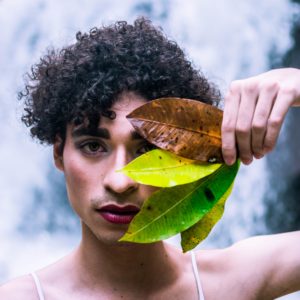Swimming into the open
If there’s anything the pandemic has taught us, it’s to look for alternative ways to keep fit and look after our mental health. Open water swimming has done just that for me! It’s been a favourite pastime of triathletes and others in the know for many years now and there are loads of lakes geared up to cater for the increased interest in getting out into the water.
I’m a big fan of it, but why should you consider open water swimming?
Physical Benefits
- Natural high – our brains release endorphins to reduce any discomfort from the cold water, which in turn generates a natural high!
- Improved immune system – open water swimming can induce the body to produce more white blood cells and anti-oxidants leading to a more robust immune system
- Increases Metabolism and improves circulation – our bodies burn more calories in an effort to keep warm in cold water thereby improving our metabolism. And the cold also forces the heart to pump harder to circulate blood around the body to raise our body temperature.
- Improves sleep – swimming’s an excellent form of exercise. It uses most of your muscles, giving you a full body workout, which means your body should be tired by bedtime and lead to a deeper sleep.
- Improves your posture – swimming strengthens your back and shoulders thereby improving your posture.
- Increases your fitness level – repetitive strokes and the water resistance naturally improves your fitness and muscle strength over time. Water also allows you to get a full workout with low impact on your joints.
- Reduces risk of chronic illness – swimming will reduce your chances of developing heart disease, type 2 diabetes, or a stroke. Regular swims at least once a week are known to bring down blood pressure, cholesterol levels, reduce fat disposition and inhibit blood clotting!
Mental Health Benefits
- Sense of achievement – certainly the first time you set foot in the water you’ll feel slightly crazy for agreeing to try it. But by the time you re-emerge after your swim, you can look back at the lake and see how far you have swum and gain a great sense of achievement.
- Stress-busting – escaping the daily grind to a peaceful lake, away from computers, screens, people and traffic, allows you to take a complete break from a hectic schedule. Swimming is a peaceful and relaxing form of exercise.
- Boosts happiness – the natural high, improved health and physical fitness and exposure to nature can help your happiness levels.
- Meet new people – the high people get from swimming in lakes and rivers has a noticeable knock on effect in making people more open and friendly. You’ll notice people you encounter at open water swimming locations are quicker to chat to strangers and share their experiences.
If you’re bitten by the bug, you can join one of the many groups who swim together.
What Do You Need?
To start open water swimming, you need to be able to swim a minimum distance unaided, usually around 400 metres. Remember, there are no sides of a swimming pool to hold on to, so you need to be a relatively confident swimmer. If you’ve not swum in a while, go to your local pool to increase your fitness before trying your first open water swim.
Most open water venues will need you to undertake an induction session to prove you can swim before you’re set free in the lake. The lakes are normally set up with a clearly defined loop marked by buoys. At the larger venues, there may be more than one loop giving you the option to complete different distances depending on your competence and ability.
An organised open water swimming venue will stipulate that swimmers need to wear a wet suit to get in the water, a brightly coloured swimming hat and/or a tow float so that the safety kayakers or life guards do not lose sight of you. During the summer, the temperature of the water will increase and swimmers can switch to wearing just a swimming costume or trunks.
Different venues have different minimum ages, with some places allowing children as young as 7 who have the ability and are accompanied by an adult to swim.
Where To Do It?
A google search will pull up the options local to you, but here are some links to help you get started:
Please note that there may be venues in your local area which are not listed, so try a targeted search to get a full list of locations close to you.
…and if swimming in your local lake with safety kayakers becomes far too tame for you, there is the option to crank it up a notch and embrace wild swimming.

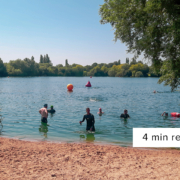
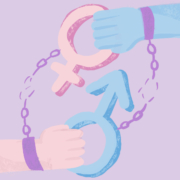
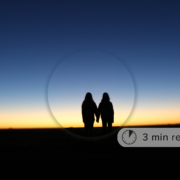
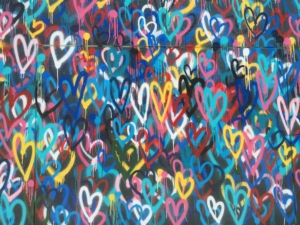

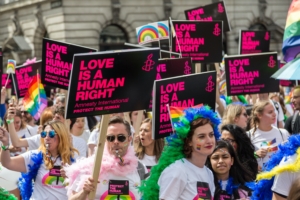
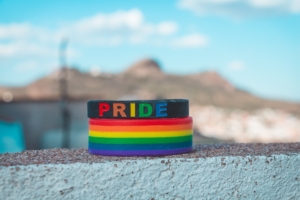
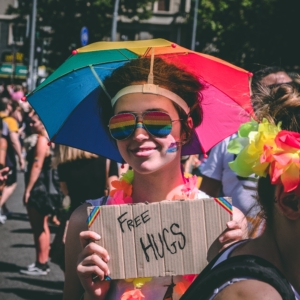
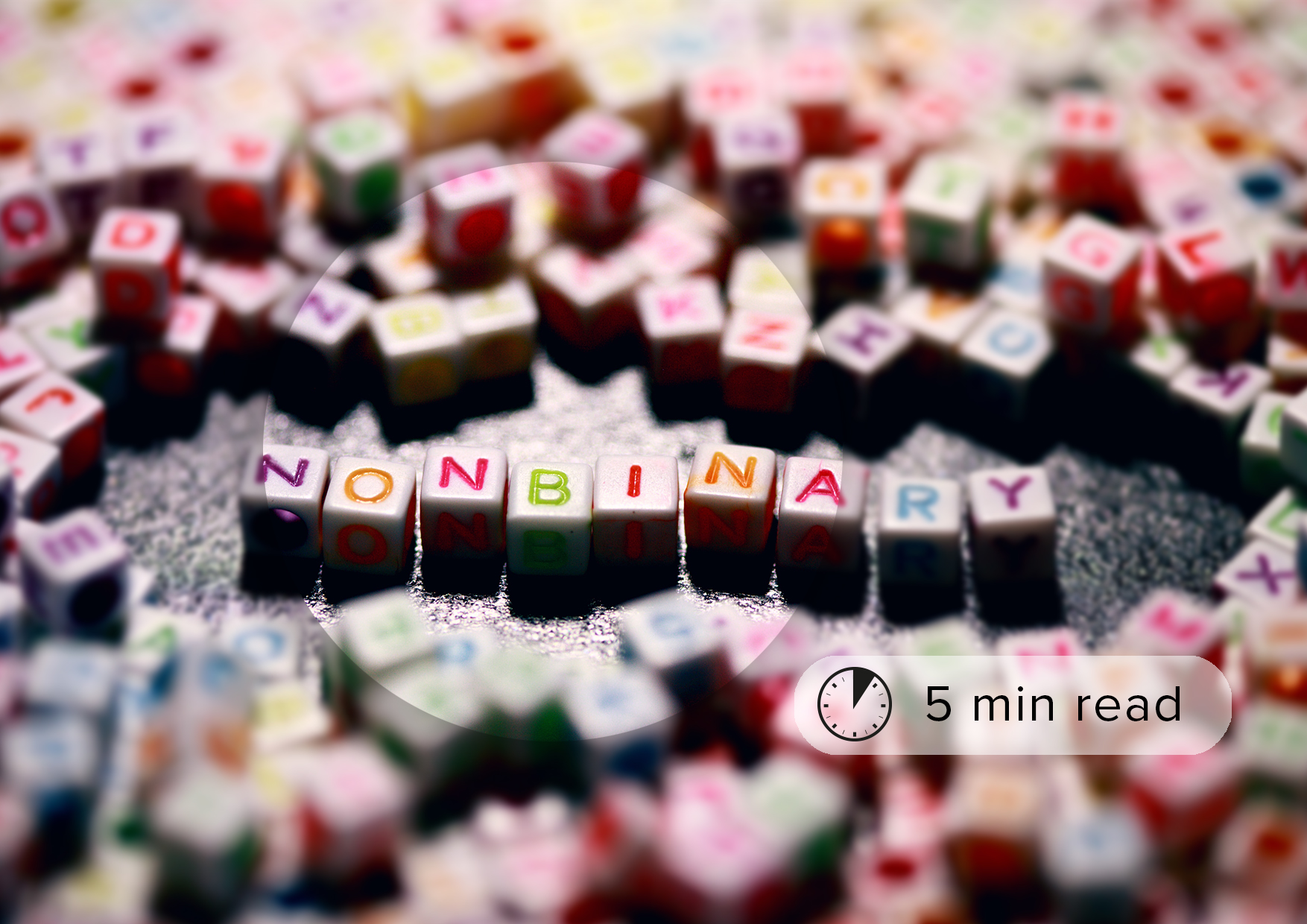
 Something I find so deeply problematic in the LGBTQIA+ community is the persistent need to categorise, label and define, particularly when it comes to our bodies. For a community that’s ‘all accepting,’ we can be anything but. Some of our queer specific dating apps are designed to make us ultimately isolate one another. They promote internalised homophobia, transphobia, racism and body shaming. I’ve come across profiles that say ‘No Fats, No Femmes, No Blacks and No Asians.’ It’s disgusting, do we really hate ourselves that much?
Something I find so deeply problematic in the LGBTQIA+ community is the persistent need to categorise, label and define, particularly when it comes to our bodies. For a community that’s ‘all accepting,’ we can be anything but. Some of our queer specific dating apps are designed to make us ultimately isolate one another. They promote internalised homophobia, transphobia, racism and body shaming. I’ve come across profiles that say ‘No Fats, No Femmes, No Blacks and No Asians.’ It’s disgusting, do we really hate ourselves that much?